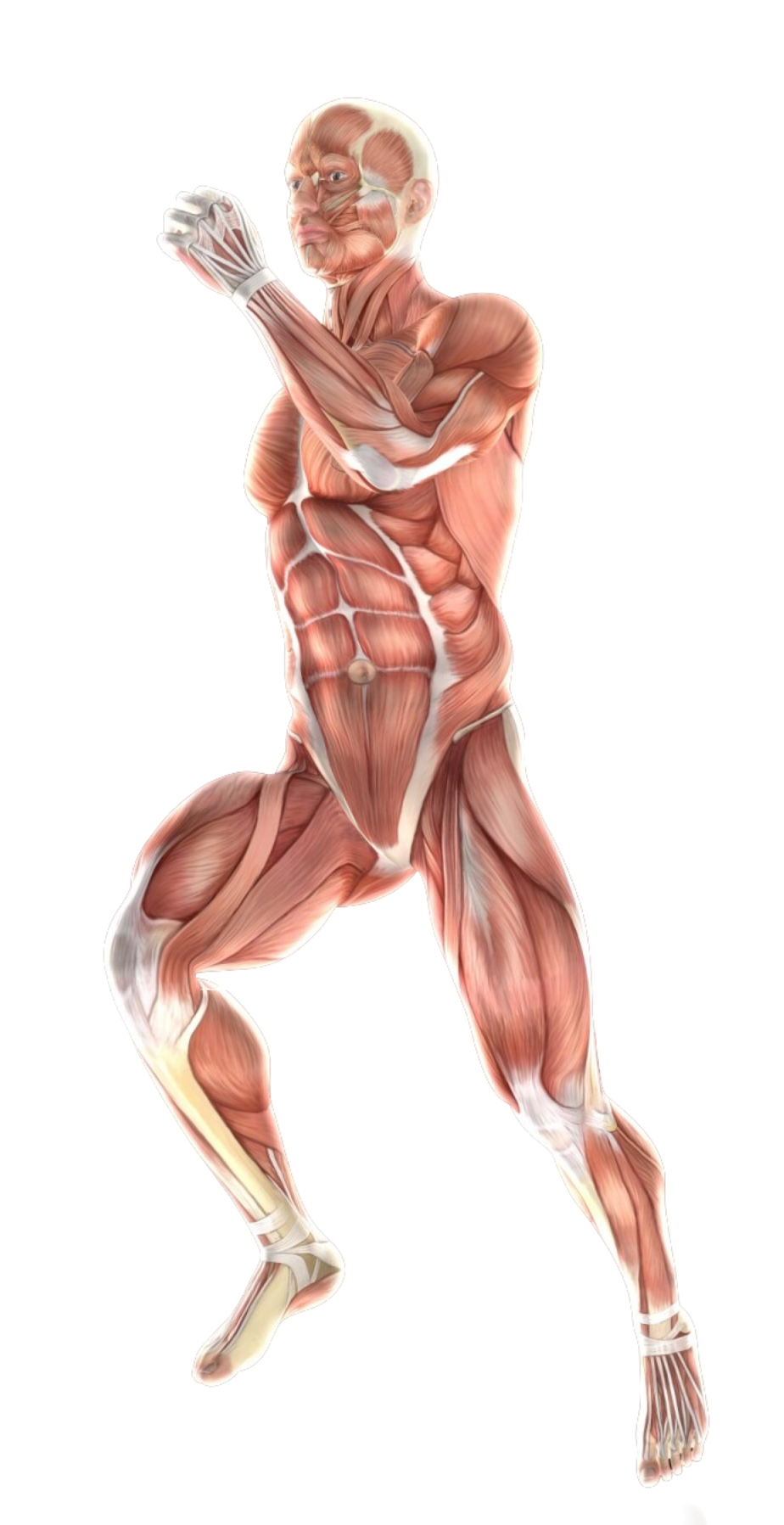- #11-13 Mount Elizabeth Medical Centre (Orchard)
- Mon Fri 9am — 6pm | Sat 9am — 12.30 pm
Trigger finger, also known as stenosing tenosynovitis, is a condition that affects the tendons in your fingers. Tendons connect muscles to bones, and in the case of trigger finger, the sheath around the tendon in your finger becomes inflamed and thickened. These narrowing limits the smooth gliding of the tendon, causing the finger to become stuck in a bent position and become trapped when trying to straighten it.
The most common symptoms of trigger finger include:
The exact cause of trigger finger is not fully understood, but several factors are believed to contribute to its development:
Some factors can increase your risk of developing trigger finger:
A diagnosis of trigger finger usually includes:
A health care professional will examine your affected finger for flexion and extension. They will test for grasping or locking sensation when moving the finger. They will palpate the base of the finger to identify any tenderness or prominent nodules.
The goal of trigger finger treatment is to reduce inflammation, improve tendon gliding, and regain full range of motion of the finger. Here’s an overview of common treatment options:
This is the first line of treatment for most cases of trigger finger and includes:
Surgery is usually considered if conservative treatment fails to provide significant improvement after a long period of time (usually several months). Here is the most common surgical procedure for trigger finger:

Spine - Neck
Shoulder & Elbow
Spine — Back
Wrist & Hand
Knee Pain
Ankle Pain
Foot Pain
Book a consultation with us for a more comprehensive diagnosis and a personalised treatment plan best suited to your needs.

Spine - Neck
Shoulder & Elbow
Spine — Back
Wrist & Hand
Knee
Ankle
Foot